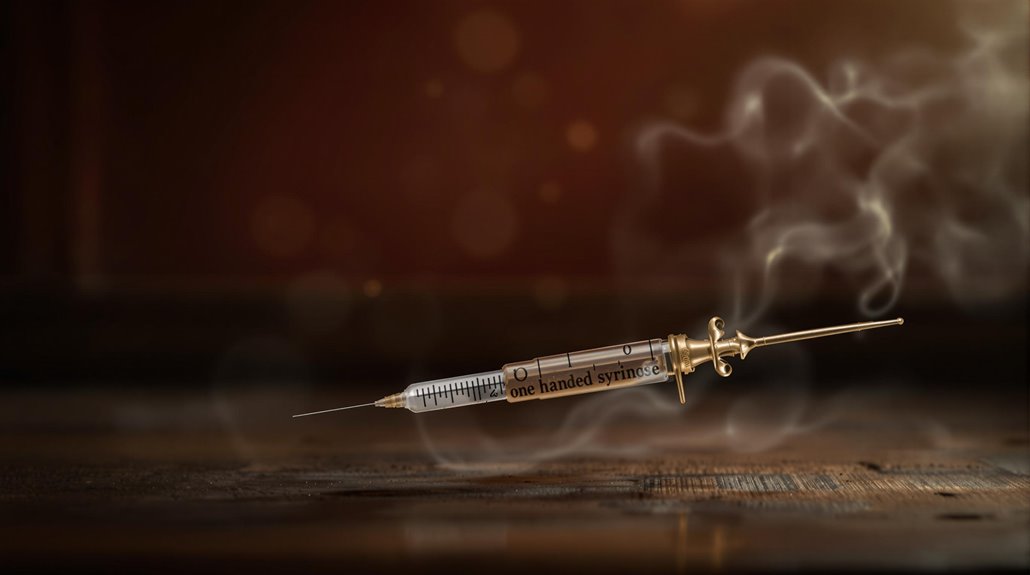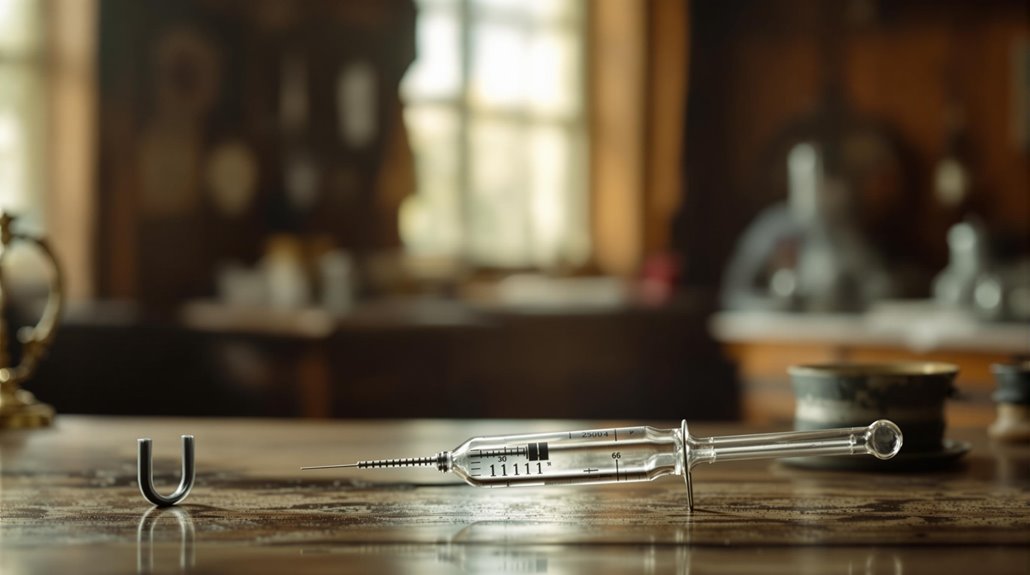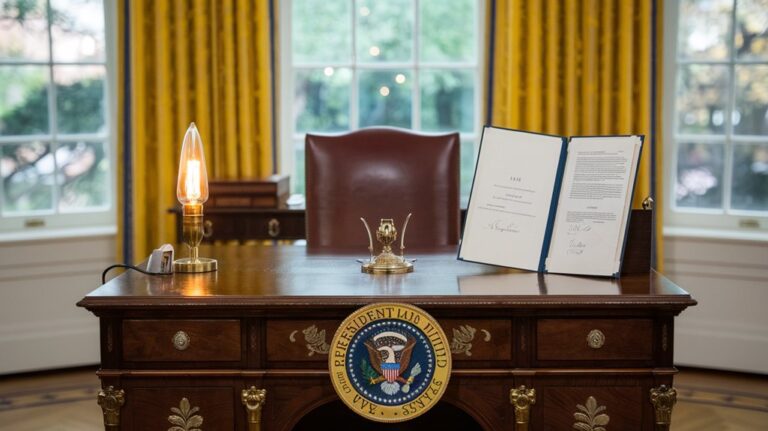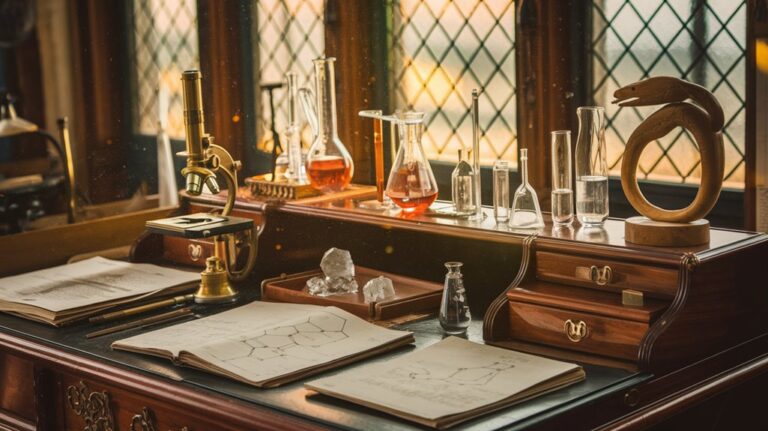Letitia Geer’s One-Handed Syringe: The Quiet Invention That Transformed Healthcare
Did you know that before 1899, medical practitioners needed two hands to operate a syringe, making self-injection nearly impossible for patients? You'll find it remarkable how one woman's simple innovation changed the course of medical history. Letitia Geer's one-handed syringe design didn't just improve efficiency—it revolutionized patient care and laid the foundation for modern medical tools. What's even more intriguing is how this groundbreaking invention almost went unnoticed in the annals of medical advancement.
A Pioneering Woman in Medical Innovation
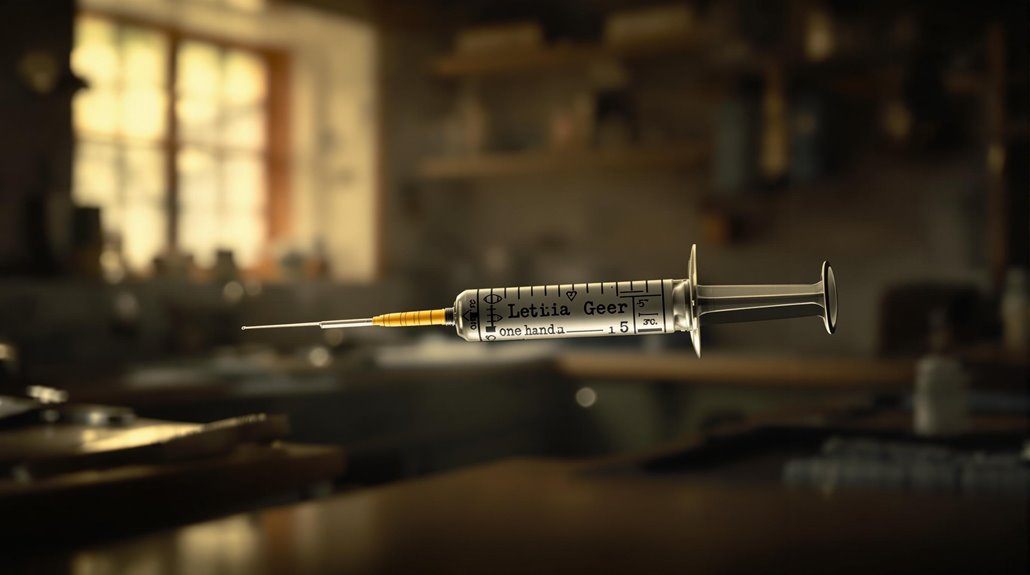
Though she initially pursued a career in teaching, Letitia Geer emerged as one of the 19th century's most influential medical innovators. Born in New York City in 1852, she'd later move to Chicago and marry Charles Geer, a connection that sparked her interest in medical instruments.
Her syringe design included a detachable needle component that revolutionized sterilization practices. Working alongside her husband in his surgical instrument business, she noticed a critical flaw in existing syringes: they were both imprecise and unsanitary. Her innovative design would eventually lead to quick medication delivery for patients worldwide.
As one of the few women inventors of her time, Geer wouldn't let this problem go unsolved. Her groundbreaking one-handed syringe design, patented in 1899, marked one of the era's most significant medical breakthroughs.
She went on to establish the Geer Manufacturing Company in 1904, proving that women could excel in the male-dominated medical device industry.
The Birth of a Revolutionary Design
While existing syringes in the late 1800s required two hands to operate, Letitia Geer envisioned a more practical solution. Her groundbreaking design focused on syringe ergonomics, featuring a U-shaped handle that revolutionized how medical professionals and patients administered injections. The innovation predated modern disposable plastic syringes which wouldn't arrive until 1949.
The innovation's key features promoted patient empowerment through:
- Single-handed operation with precise control
- U-shaped handle design preventing hand slippage
- Hook placement for secure grip in any position
- Adaptable positioning for various injection angles
Geer's design emerged from her firsthand experience as a nurse, where she witnessed the challenges of traditional syringes.
Working alongside her husband in surgical instrument manufacturing, she developed a solution that would transform medical practice. Her 1896 patent application detailed a device that would become the foundation for modern syringe designs.
Inside Geer's One-Handed Syringe
Geer's revolutionary syringe design merged practicality with innovation through its distinct components and features.
You'll find the ergonomic design evident in its U-shaped handle and operating rod, which work together to enable smooth, one-handed operation within comfortable finger reach.
The syringe's core components include a glass cylinder that lets you monitor fluid levels, a rubber plunger for precise fluid control, and a detachable needle for versatility.
The hook extension prevents your hand from slipping during use, while the bent operating rod provides rigid support throughout the injection process.
These thoughtful elements combine to create a device that's both simple to manufacture and easy to sterilize.
The design's emphasis on self-administration and improved precision made it particularly valuable for patients requiring rectal injections.
Secured by a patent in 1899, this innovative medical device represented a significant milestone in healthcare advancement.
The invention's impact on healthcare efficiency transformed medical procedures, making injections more accessible for both doctors and patients alike.
From Patent to Production: The Geer Manufacturing Company
After perfecting her syringe design, Letitia Geer took the next step toward bringing her innovation to market. Her patent process, which began in 1896, took three years before receiving approval in 1899.
Drawing from her experience with her husband's surgical instrument business, she founded the Geer Manufacturing Company in 1904 to tackle the manufacturing challenges of her innovative design. Like the successful American Gear Manufacturing Association that would form years later, Geer's company collaborated with industry peers to establish manufacturing standards. Similar to how early acquisitions helped expand market presence in the gear industry, Geer's strategic partnerships with medical suppliers helped establish her products across multiple regions.
What made Geer's company stand out:
- Focused on producing sanitary, precise medical instruments
- Expanded beyond syringes to include nasal speculums and retractors
- Developed cost-effective manufacturing methods
- Created products suitable for both medical professionals and patients
The company's success prompted other manufacturers to produce similar designs, cementing Geer's influence on medical device production.
Her simple yet effective syringe design remained the industry standard until disposable syringes emerged in 1956.
Reshaping Medical Practice Through Simplicity
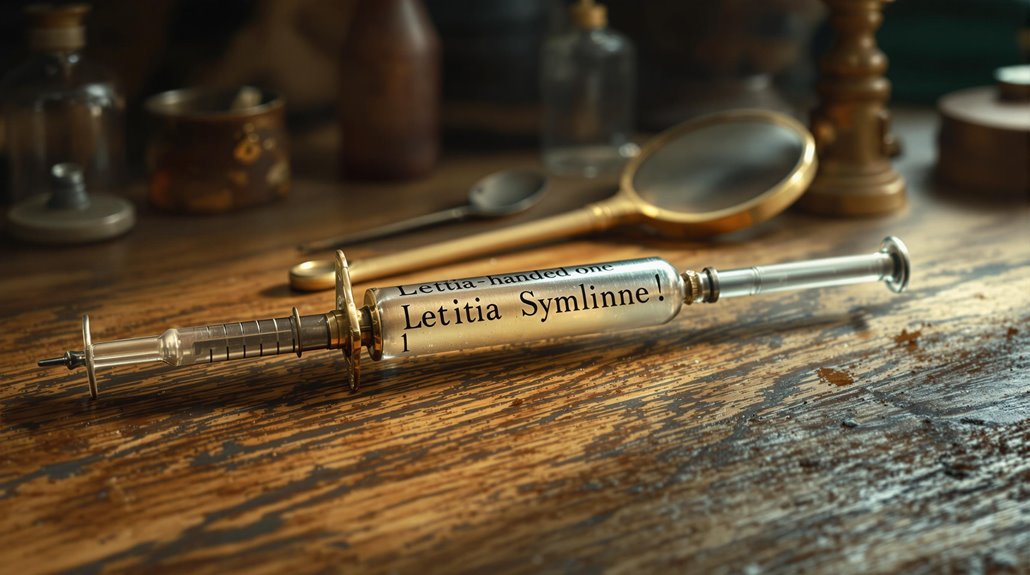
Through its elegant simplicity, the one-handed syringe revolutionized medical procedures by addressing key challenges that had long plagued healthcare providers and patients alike.
You'll find its impact most evident in the enhanced procedural efficiency during palpation and ultrasound-guided injections, where precise needle control became easier than ever before.
The design's brilliance lies in how it promoted patient autonomy through self-administration capabilities, particularly for injections in hard-to-reach areas.
Having arrived in 1899 with Geer's patent, this innovative design marked a significant advancement in medical device history.
You'd appreciate how its U-shaped handle and hook extension prevented slipping while maintaining steady control.
The glass components guaranteed clear visibility during procedures, while the bent piston rod delivered smooth operation.
These features didn't just reduce procedural pain and complications – they fundamentally changed how medical professionals approached various treatments, from arthrocentesis to intra-articular injections.
 accidental needle stick costs by billions annually.
accidental needle stick costs by billions annually.
Modern Safety Evolution and Lasting Impact
Modern iterations of Letitia Geer's groundbreaking design have incorporated extensive safety features that protect both healthcare workers and patients.
Today's syringes meet rigorous safety regulations while maintaining the one-handed efficiency that made Geer's invention revolutionary.
Healthcare workers are trained to use the one hand scoop technique when recapping needles is absolutely necessary.
Key advancements in modern syringes include:
- 360-degree protection with audible click confirmation
- Low dead space design for minimal medication waste
- One-handed safety activation through multiple methods
- DEHP-free and latex-free materials for patient safety
Studies show that over 40 percent of needlestick injuries occur after medical procedures are completed.
You'll find these innovations have dramatically improved healthcare efficiency by reducing needlestick injuries and simplifying training requirements.
The design's influence extends beyond syringes, inspiring safety features in various medical devices and enabling specialized applications.
Geer's foundational concept continues to shape patient-centric medical tools, proving that sometimes the simplest innovations have the most lasting impact.

